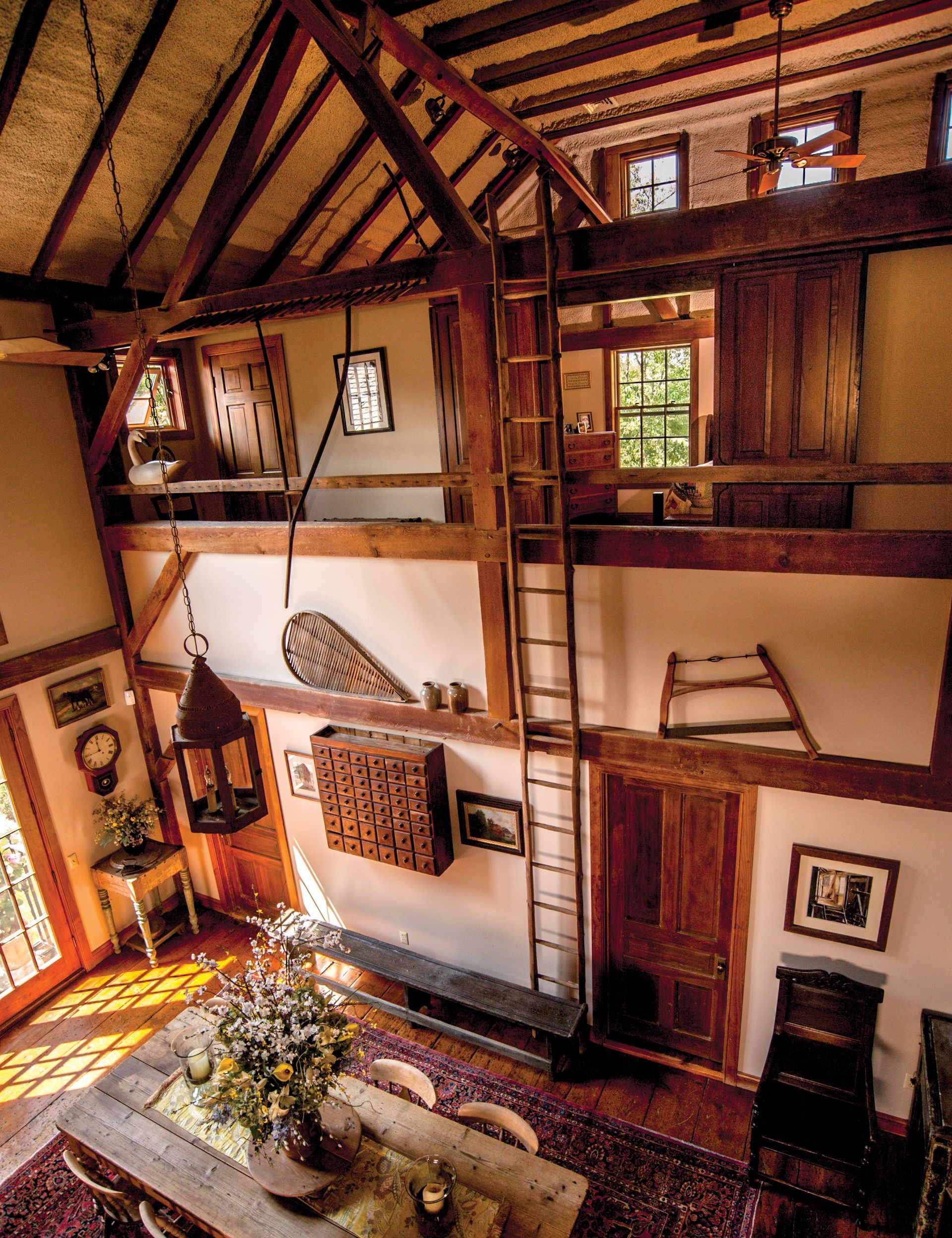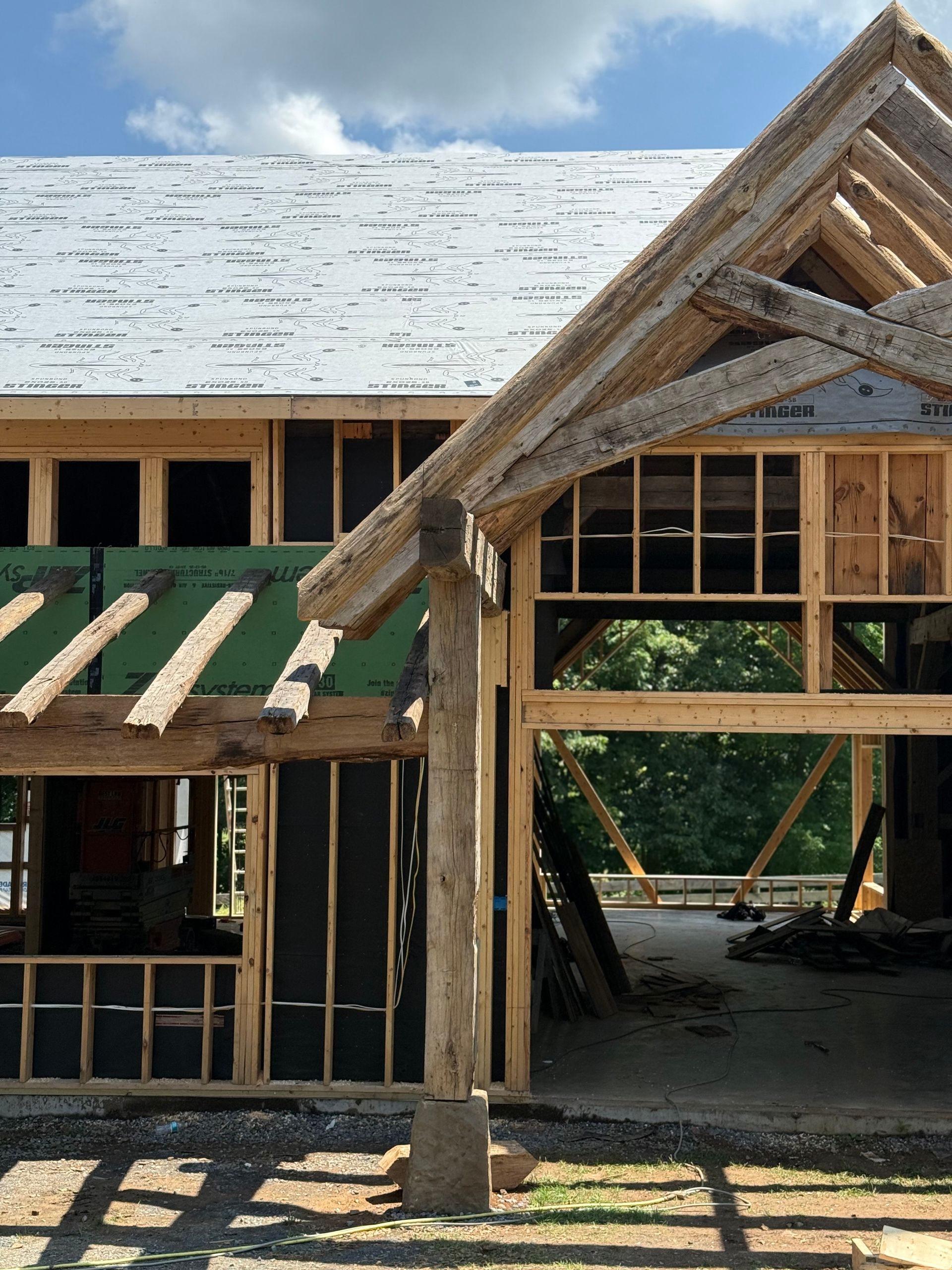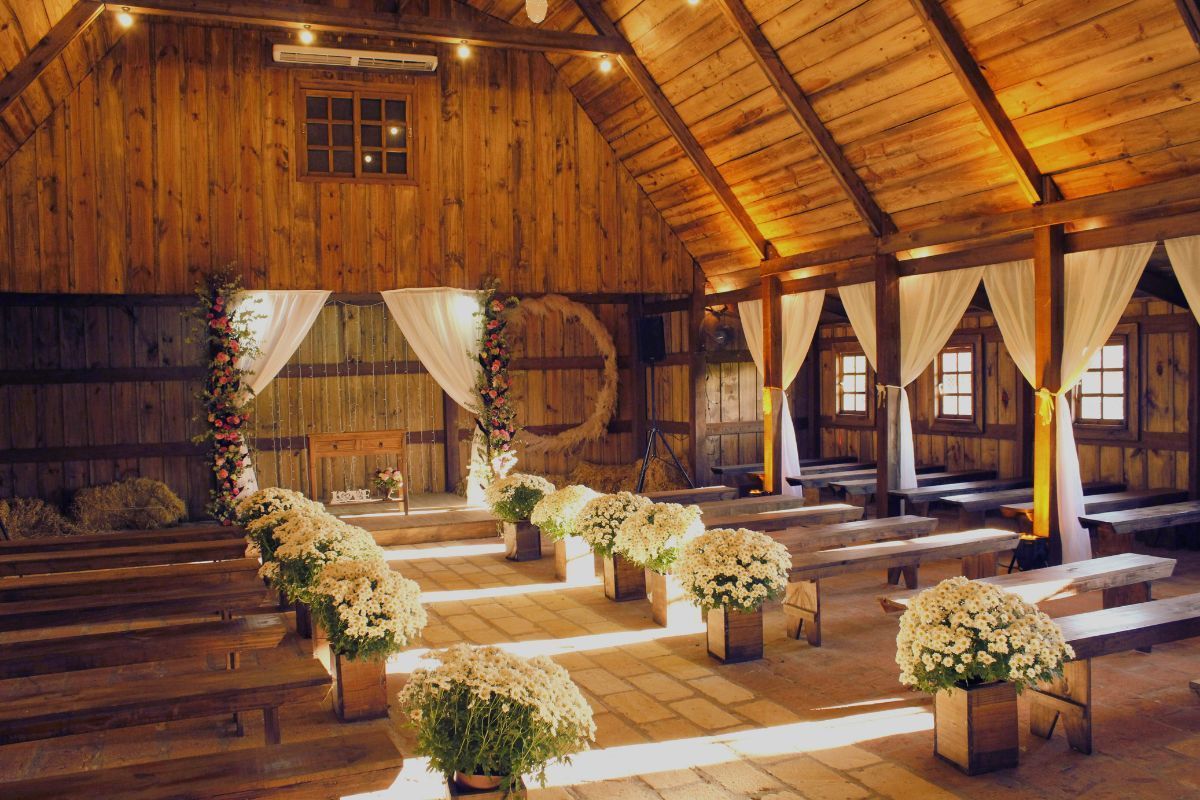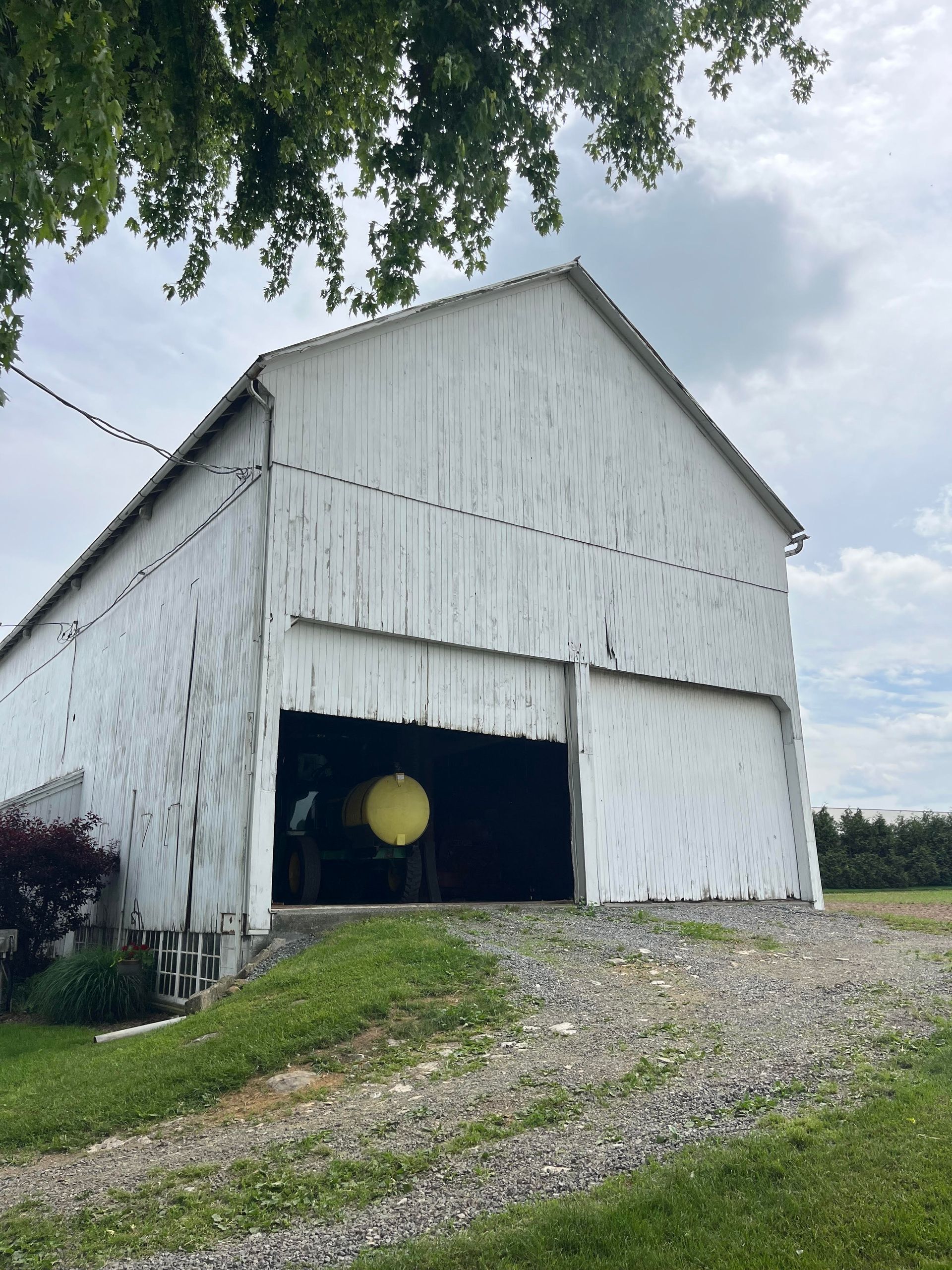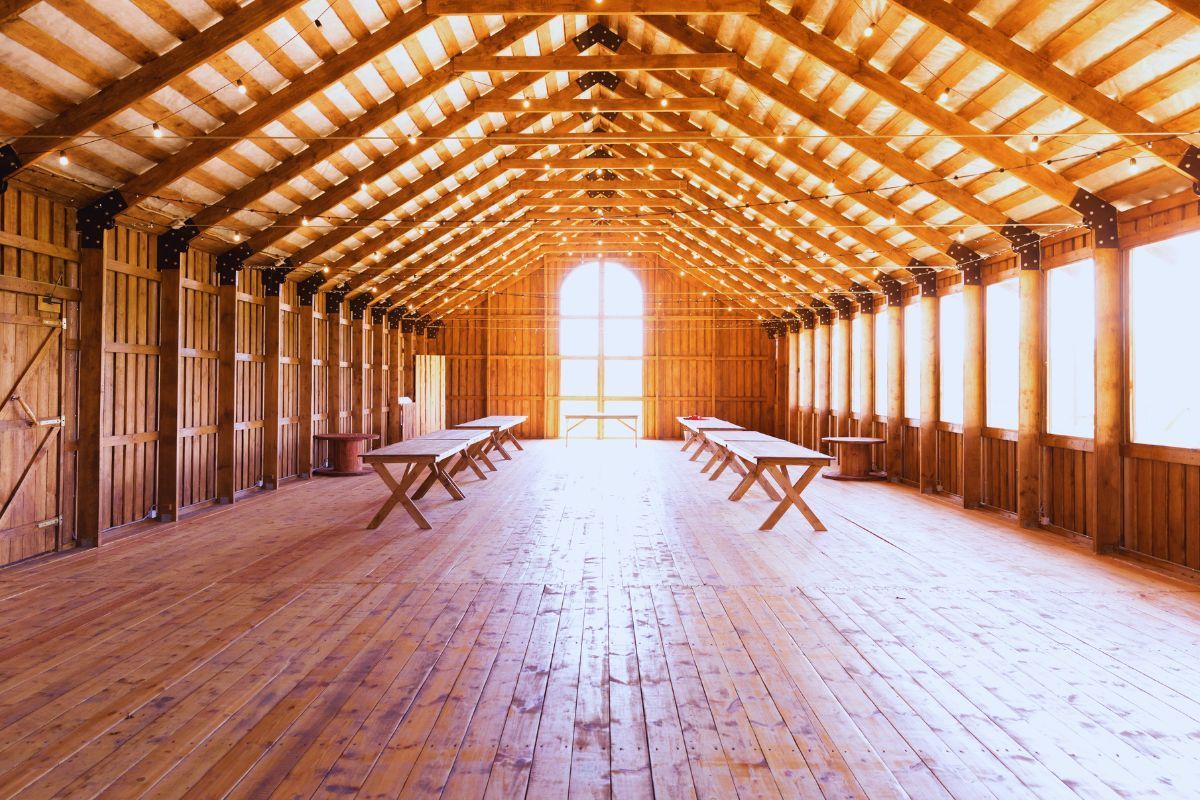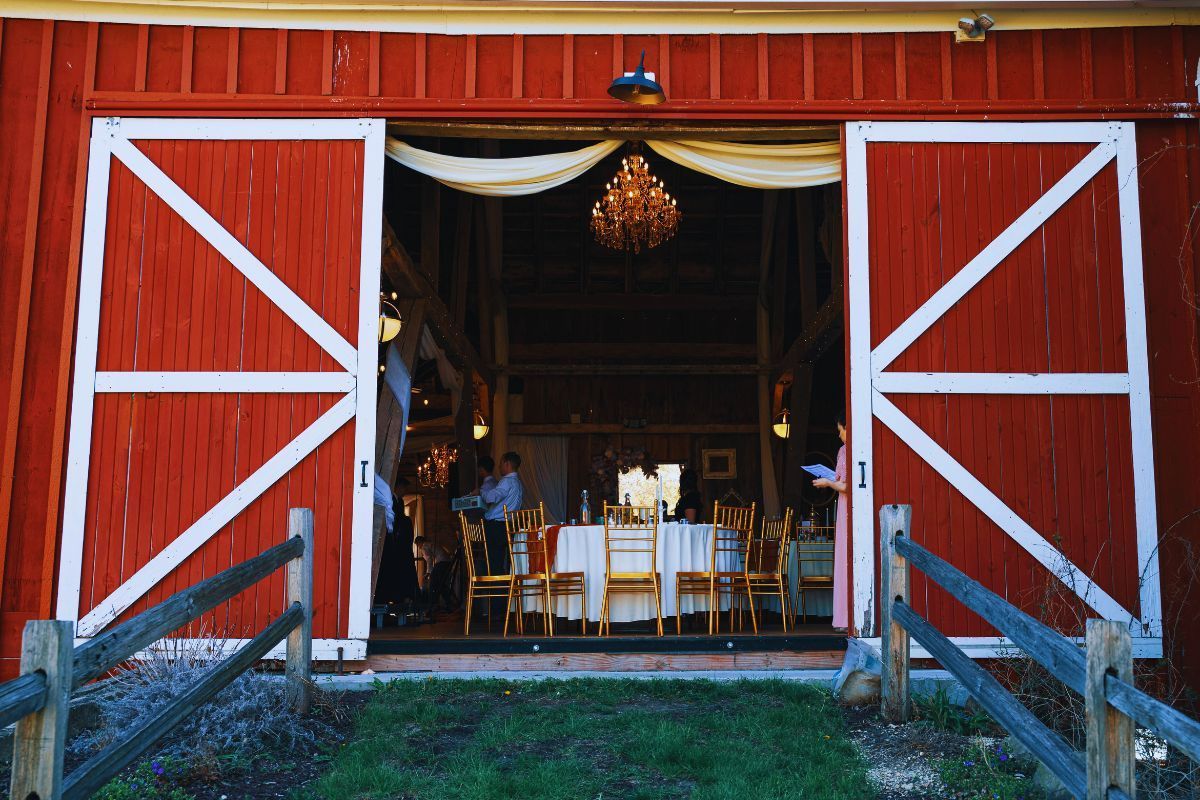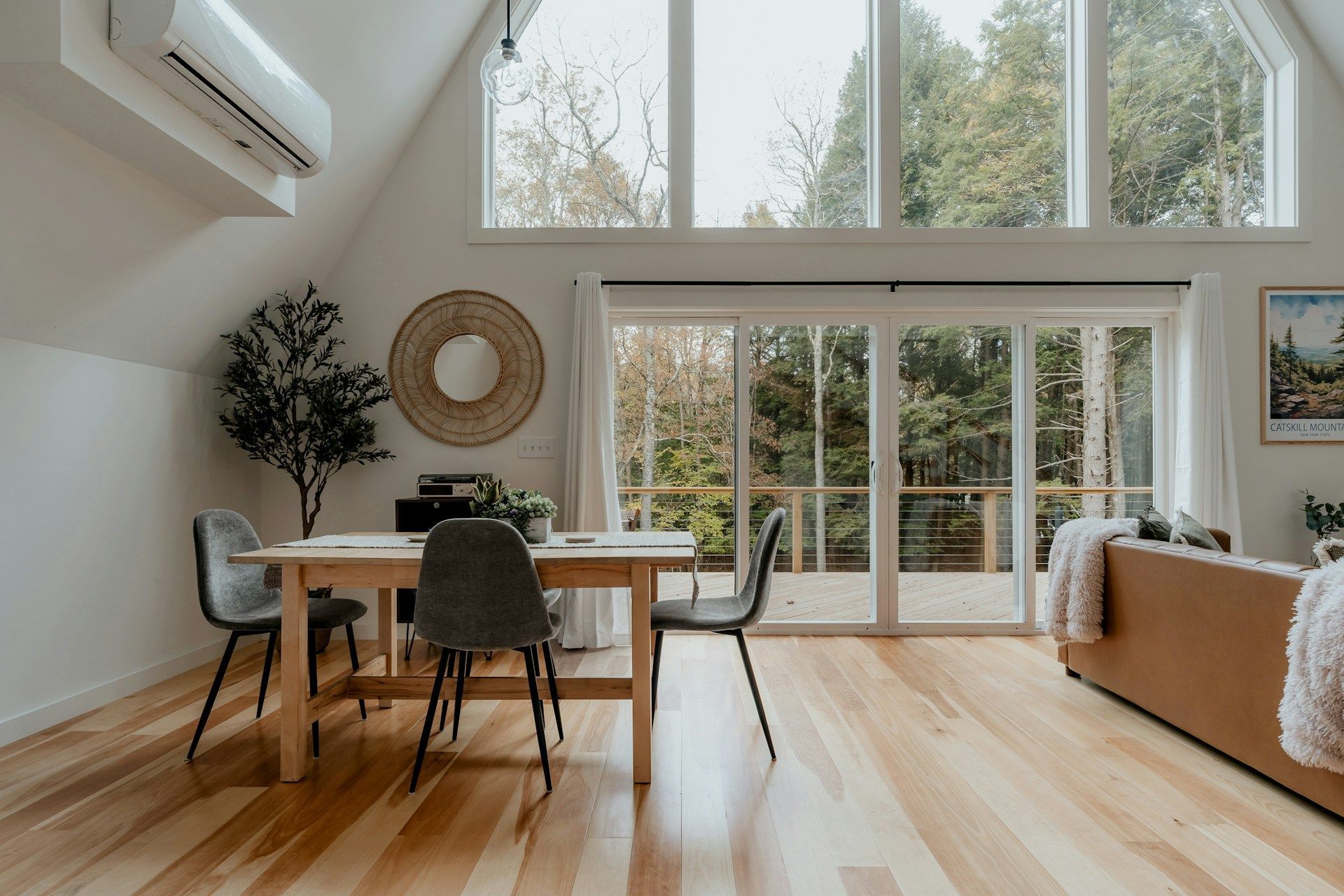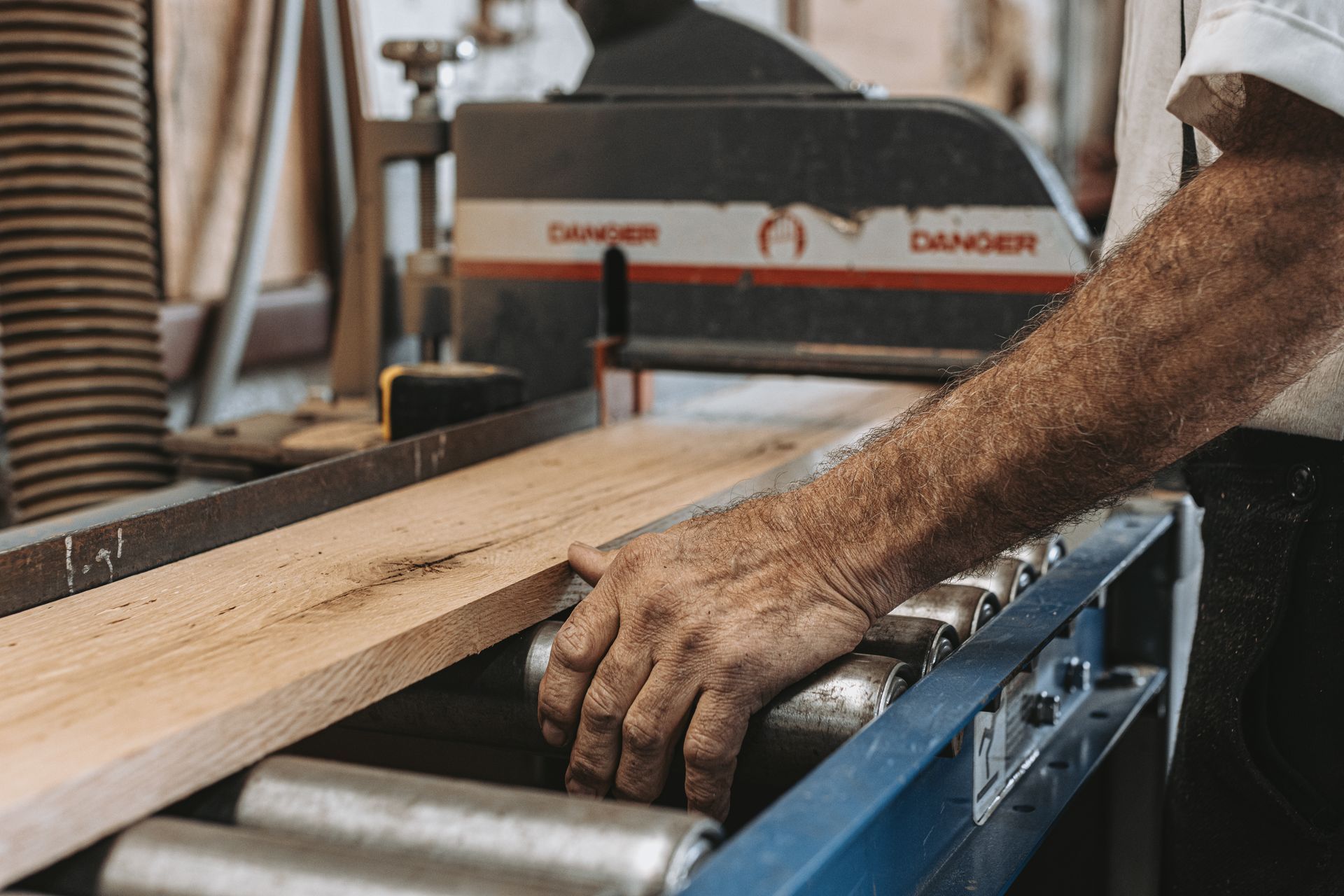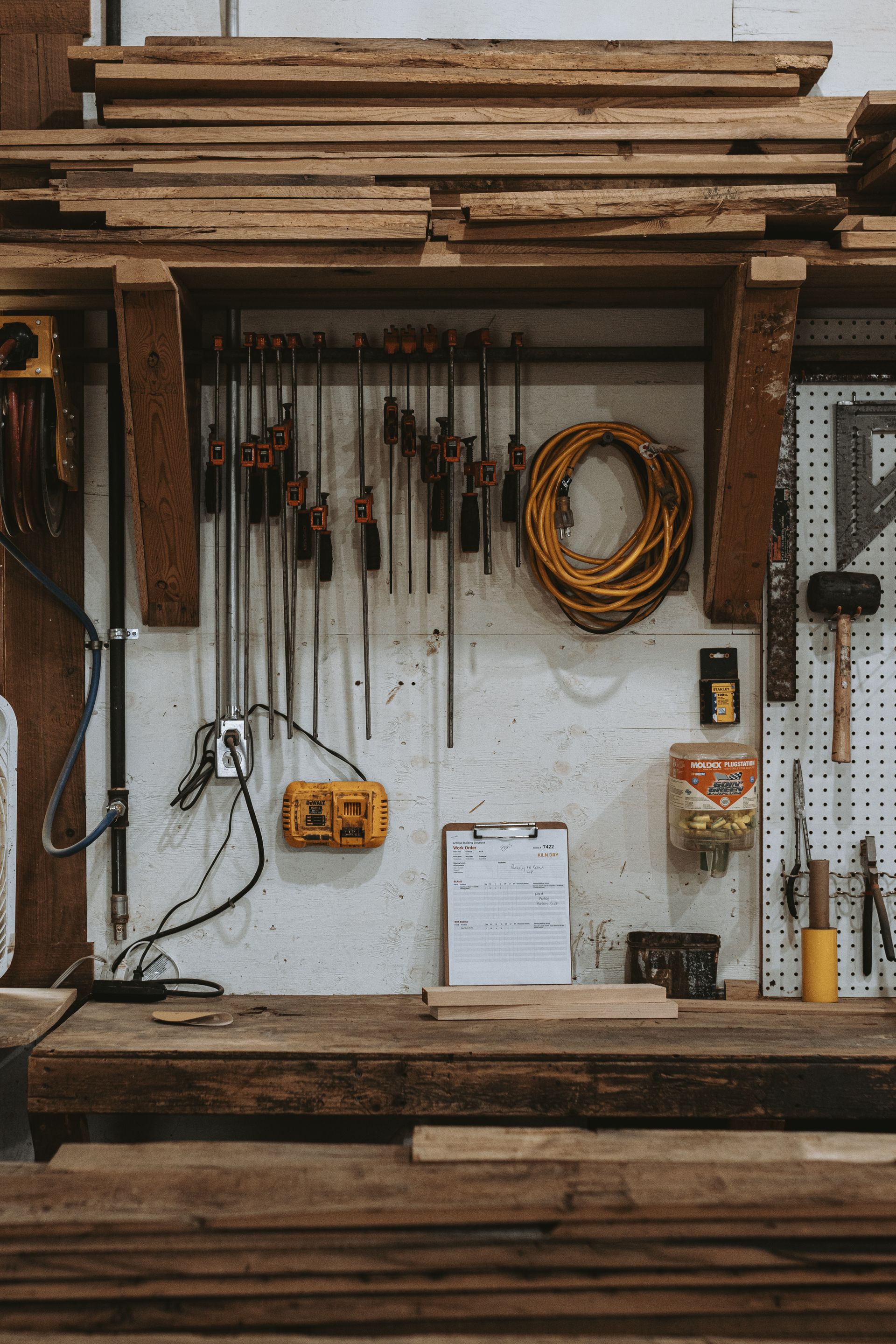Architectural Preservation Tips You’ll Be Glad You Knew
Essential tips for preserving and restoring architectural heritage.
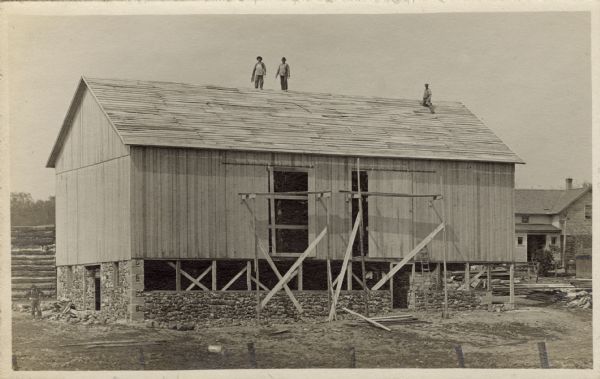
Architectural preservation is more than just fixing up old buildings. It’s about saving our cultural history, supporting sustainability, and helping communities feel connected to their past. Whether you own a historic building or just care about preservation, knowing the best ways to protect these treasures will make sure they last for generations.
Why Does Architectural Preservation Matter?
Before getting into methods, it’s important to know why saving historic buildings is so valuable:
Holds Historical and Cultural Meaning
Old buildings show how people in the past lived, worked, and built their communities. They reflect the craftsmanship, styles, and beliefs of their time.
Protects the Environment
Preserving a building is eco-friendly. It keeps waste out of landfills, saves the energy that went into building it, and often uses materials designed to last a long time.
Defines Communities
Historic buildings shape the character of a place. They give neighborhoods personality and stories, making residents feel connected to their community.
Boosts the Economy
Well-kept historic areas bring value. They can raise property prices, attract tourists, create jobs through restoration projects, and support local pride.
Common Preservation Methods
There are different ways to preserve buildings. Each method depends on the building's condition and purpose:
Preservation
This method maintains a building as is, keeping it from wearing down further. Repairs use materials and techniques that match the original, avoiding big changes.
Best for: Important old buildings that still have most of their original look and materials.
Restoration
Restoration turns a building back to how it looked in a specific time period. This often means removing updates made later and fixing missing features from that time.
Best for: Buildings where changes over time hurt their historical importance, or where focusing on a time period adds educational or cultural value.
Rehabilitation
This approach balances saving historic features while updating a building for modern use. It’s about combining preservation with practical upgrades.
Best for: Buildings needing new purposes, like turning old factories into homes or offices.
Reconstruction
Reconstruction involves rebuilding a lost structure. It uses new materials but replicates historical designs and methods.
Best for: Rebuilding a building that had historical value but is no longer around, as long as there’s enough information to guide the rebuild.
How to Preserve Buildings the Right Way
No matter which method you choose, these techniques help ensure successful preservation:
Document Everything
Before doing any work, create a detailed record of the building. This should include:
- Lots of photos of all details
- Drawings showing exact measurements
- Tests to study and understand materials
- Historical research on the property
- A condition report to see what needs repair
This information helps guide the work and provides a reference for the future.
Clean and Stabilize
The first physical step is often cleaning. This removes harmful dirt and grime while keeping the original materials safe. Next, stabilize the building to stop any further damage.
Key steps include:
- Gently cleaning, depending on the material
- Adding temporary supports for weak areas
- Protecting the building from weather damage
- Treating wood for pests or mold
- Stopping water leaks or moisture issues
Take Care of Materials
Historic materials like wood, stone, and metal need special care:
Wood
- Repair weak wood with epoxy to make it strong again
- Replace damaged parts with matching wood
- Use traditional methods to repair structural pieces
- Choose finishes that protect wood and allow it to breathe
Masonry (Brick or Stone)
- Use mortar that matches the original to avoid damage
- Clean surfaces gently to protect them
- Treat crumbling stone to make it strong again
- Use old-style plastering methods for walls
Metals
- Remove rust and other corrosion
- Apply protective coatings to prevent damage
- Repair instead of replacing when possible
- Match new metal parts to the original
Strengthen Structures Without Changing Their Look
Older buildings may need to meet modern safety standards. This can be done in ways that don’t change their appearance:
- Add hidden steel supports
- Use cable systems to keep walls stable
- Improve foundations to handle more weight
- Add earthquake protection carefully
Balancing History With Modern Needs
One big challenge is updating historic buildings to fit modern standards while keeping their character. Here’s how to do that successfully:
Save Energy
- Add insulation without harming old structures
- Fix and seal historic windows instead of replacing them
- Use storm windows that fit with the original design
- Install efficient heating and cooling systems subtly
Improve Safety and Accessibility
- Add fire sprinklers that aren’t obvious
- Design ramps, elevators, and other accessible features thoughtfully
- Create code-compliant handrails and stairs that still match the historic design
- Add structural supports in ways that don’t stand out
Install Updated Systems
- Hide new pipes, wiring, and vents in existing walls or out-of-sight areas
- Use modern fixtures that look period-appropriate
- Minimize changes to old materials when adding modern systems
- Plan all updates so they can be undone in the future
How to Pay for Preservation
Preservation can be costly, but there are ways to get help:
- Tax breaks for historic building repairs
- Grants from historical groups or governments
- Low-interest loans for restoring old buildings
- Easements, which provide tax benefits if you agree to preserve the building
- Community crowdfunding for significant local structures
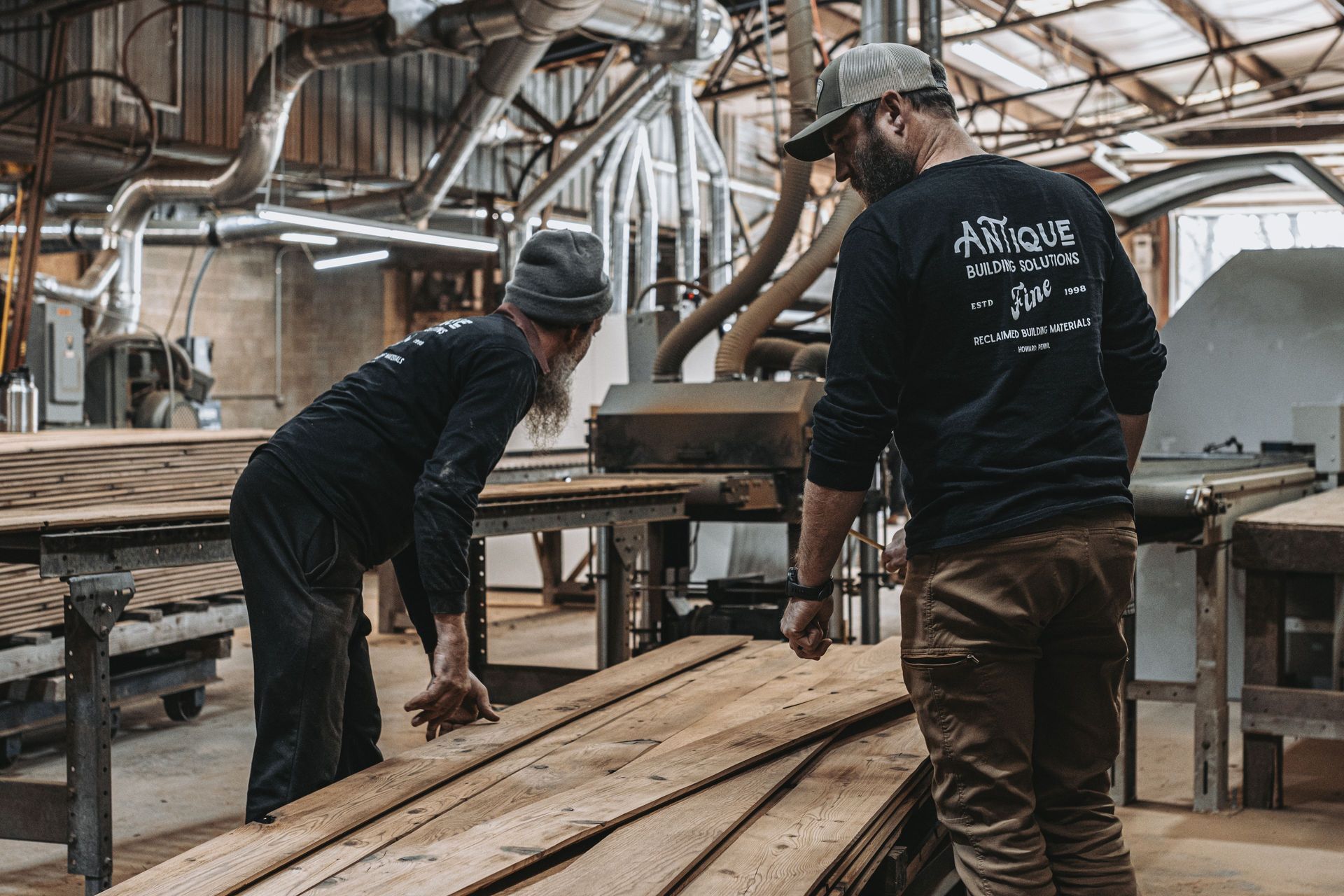
Best Practices for Preservation Success
To make sure your preservation project goes smoothly, follow these tips:
Learn the Building’s Story
Research the history, materials, and changes to the building. This knowledge will guide your project.
Focus on the Roof and Foundation First
Leaks or structural problems can cause major damage, so fix these areas before anything else.
Use Matching Materials
Repairs should blend seamlessly with the original materials to protect the look and function of the building.
Keep Good Records
Track every repair and change. This helps future owners and caretakers maintain the building.
Plan for Ongoing Maintenance
Preservation doesn’t end when the work does. Regular inspections and upkeep are part of the process.
Respect the Layers of History
Some buildings have elements added over time that also have historical value. Avoid removing features if they tell part of the building’s story.
Preserving old buildings is about more than fixing walls and roofs. It’s about combining science, craftsmanship, and history to protect the heritage they represent. By following these strategies, we can ensure important pieces of our past remain part of our future.
Experts in Preservation
Restoring historic buildings often takes specialized skills. Professionals who specialize in preservation include:
- Preservation architects for design and planning
- Conservators for caring for materials like stone or wood
- Historians to ensure historically accurate decisions
- Craftspeople trained in traditional building methods
- Engineers who understand old structural systems
Our company, Bay & Bent, specializes in historic timber frames. We find rare, high-quality frames, carefully disassemble them, repair them, and then deliver them anywhere in the world. This kind of work both saves important pieces of history and gives them fresh purpose.
